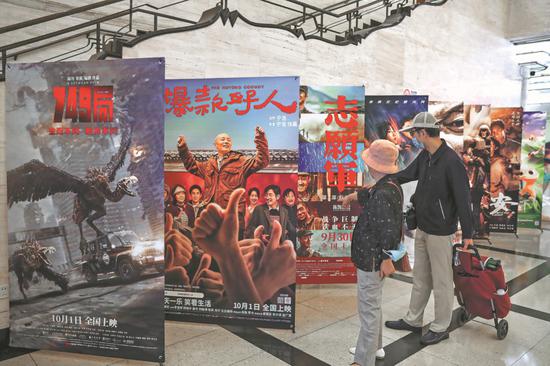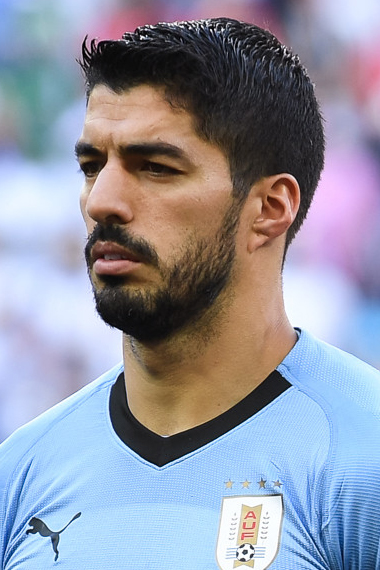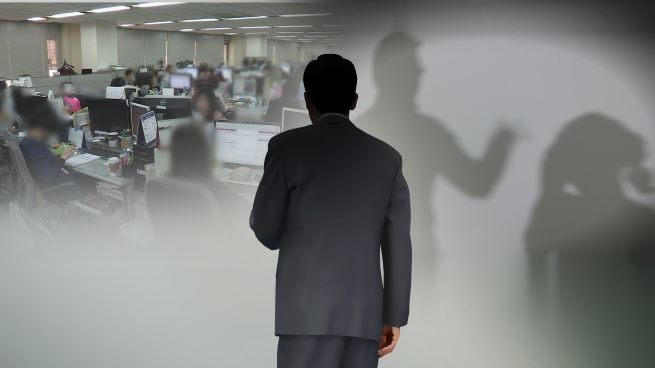
If you want a quick glimpse of the realities of border life and how it is changing, go to the border wall between Sunland Park, N.M., and Anapra, Mexico, just a few miles to the west of El Paso and Ciudad Juárez.
My wife Sherry and I began focusing on migration issues in 2019 as the surge was beginning. Wondering how migrants were crossing this wall, we followed a narrow dirt road on the Sunland Park side until suddenly the wall just ended at the beginning of the long slope up the very rugged Monte Cristo Rey. Driving back along the wall, we stopped across from Anapra and a group of women and children suddenly appeared.

This began a ritual of us exchanging dollar bills for the right to take photos of them. Lots of laughter and bargaining. One highlight was a young man named Victor who offered to show us how to climb the wall for an extra dollar.
I paid and he scurried upward. This area became a microcosm of border life, especially during COVID-19, when we didn’t cross over into Mexico. We could talk to these families, to the Mexican soldiers who were stationed on the Mexican side and to the U.
S. Border Patrol officers who would always come check on us. The Mexican soldiers would tell us that they were keeping the border closed and that no one was able to cross.
The Border Patrol would say that, yes, those soldiers did control the border during the daytime but at night there would always be between 50 and 100 attempted crossings. I saw “dollars for photos” as a game and was slow to realize how it was changing. First, the Mexican soldiers were withdrawn.
Then more recently, Border Patrol agents would point through the wall at houses that had been renovated on the Anapra side. “How do people who have no jobs get money to renovate their homes?” they would ask us. The answer was obvious.
Cartels were paying the Anapra residents to house migrants in their homes while awaiting a chance to cross. In addition, a cinder block wall has been built on the Anapra side, making it more difficult for the Border Patrol agents to see what’s happening there. During this time period, human smuggling has become the biggest revenue producer for these cartels, more so than drugs.
(The vast majority of drugs enter the United States in large trucks via ports of entry, not via migrants.). It’s a brutal business.
For example, in March 2021, smugglers dropped two little girls from Ecuador, aged 3 and 5, over the wall in an attempt to distract the Border Patrol and make a crossing further to the east. Luckily the little girls were rescued unharmed. More recently, when we drive by the wall, no one appears.
Is there now a better option than “dollars for photos”? Then Aug. 15, my most recent Border Patrol “ride-along”, we drove up the steep new road on the flank of Monte Cristo Rey and, looking down into Anapra, saw about eight young men near the ridgeline, most of them with face masks. Were some of them the kids we had been photographing at the wall in those earlier visits? Was Victor one of them? “They make a lot more as cartel lookouts,” one of the Border Patrol agents said.
“More than your photo project.” Our most recent stop was Sept. 14.
As we peeked through the bars of the wall, wondering why the Anapra families hadn’t rushed out to greet us, we heard a sound behind us, turned and saw a shirtless young man run by our car and leap onto the wall. Without a lightweight aluminum ladder or any other form of assistance, he scrambled up the wall, quickly reached the top and descended into Anapra. Another man, masked, was waiting for him on the Anapra side.
Looking at the larger picture, it is clear that the Biden administration - with help from the Mexican then-President Andres Manuel Lopez Obrador - has tightened the border to the extent that the migrant shelters we have been assisting since 2019 are now largely empty. But has that meant more pressure to cross illegally? And what about the recent elections in Venezuela where Nicolas Maduro is retaining his position as president despite clear evidence that he lost the election? Will this push more Venezuelans to flee their country and begin the brutally dangerous trek to our border? Does this mean more business and more profits for these ruthless human smugglers? On a micro level, it seems that Anapra has changed. The laughter and fun of the “dollars for photos” game is long gone and Anapra has become a cartel community.
To what extent is this happening – or has already happened – in other border towns? And what about Claudia Sheinbaum, Mexico’s new president as of Oct. 1? Highly educated, highly experienced as the former mayor of Mexico City, is she up to the challenge of recapturing her young people and helping them find alternatives to cartel life? We had hopes for kids like Victor but “dollars for photos” clearly was no match for cartel work. Morgan Smith travels to the order at least monthly to document conditions there and assist various humanitarian programs.
He can be reached at [email protected] ..














